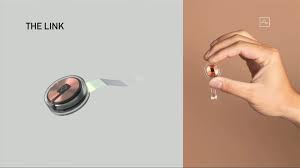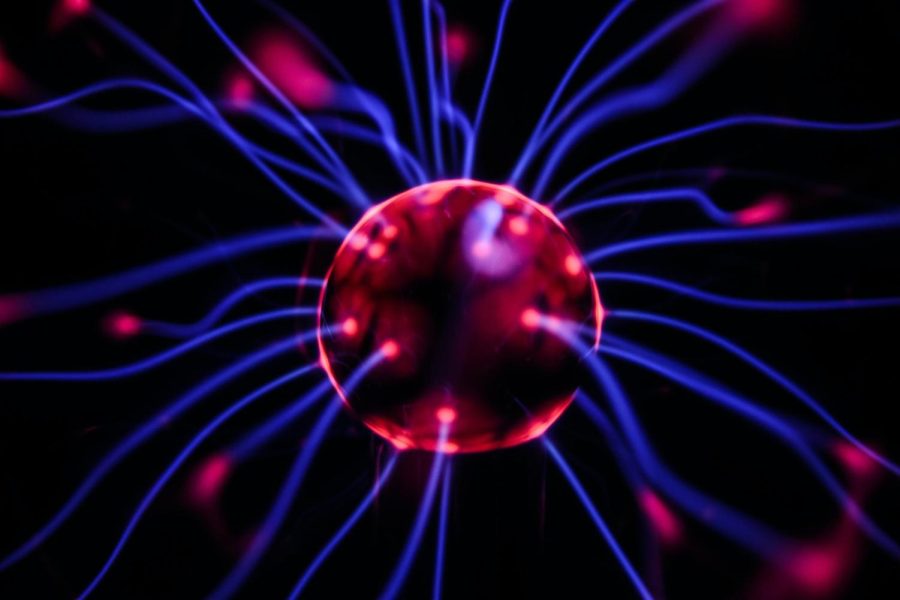Neuralink’s Potential to Create AI and Human Symbiosis
On August 28th, Elon Musk, the man of many companies, and Neuralink, his brain-machine interface company, revealed a demonstration of their brain-chip technology. Along with the help of three somewhat reluctant pigs, Musk revealed the progress of his brain implant chip, which has received praise from the Food and Drug Administration as a breakthrough medical device. Okay, I know what you are thinking: What the heck is this brain-chip interface technology, how does it work, and what is its purpose? If you, dear reader, have inquired these questions, you are in luck. Today, I will reveal the current state of Neuralink’s brain-chip and its future potential to innovate how the human brain functions.
Neuralink’s live demonstration of the device was a mind-blowing spectacle consisting of brain surgery robots, three rambunctious pigs, and a presentation of real-time brain activity. During the demonstration, one of the pigs, who has had the implant for two months, demonstrated Neuralink’s ability to detect real-time electrical neural signals in the brain. Musk excitedly explained that each time the pig’s snout touched something, neural spikes in her brain were observed by the device. Despite the larger-than-life theatrics of the demonstration, the Neuralink implant is virtually invisible on the pig. The Neuralink device is a coin-shaped implant that Musk describes as a “Fitbit in your skull with tiny wires.” The device must be implanted by a neurosurgery robot because a high level of precision is necessary for the surgery. This automated robot will drill a hole into the patient’s skull, insert the electrodes into the brain, and cover the device with the patient’s skin, making the Neuralink flush with the skull and invisible. Musk wittily remarks that he could already have a Neuralink implanted in his brain, and no one would know.
Now that you know what the device is, I will attempt to explain how it works. This is a very complicated process, and I am obviously not a neuroscientist, so please bear with me as I overly simplify the process of how neural implants operate. The human brain has billions of neurons. Neurons are cells in the brain that send electrical signals in order to communicate with other neurons, command actions in the body, and process information. These electrical signals can be recorded by electrodes, which transport electrons by firing electrical charges and are implanted by neural devices. These electrodes can record brain activity and send electrical impulses to neurons in the brain, which essentially changes how the neurons are communicating. The basic idea of brain interface devices is this: if one can electrically stimulate certain areas of the brain, then he can influence how the brain works and how the body functions. For example, in 2006, the BrainGate team was able to implant electrodes into the brains of paralyzed individuals, which allowed them to control computer cursors and assistive devices with their thoughts.
By electrically stimulating areas of the brain, the Neuralink company hopes to “solve important brain and spine problems with a seamlessly implanted device.” This means that Musk’s goal for this first edition of the device is to help paralyzed individuals who have suffered from spinal cord injuries and help resolve diseases like Parkinson’s. Along with these goals, Musk has some more ambitious aspirations for the Neuralink company. Some of these future goals include saving memories, telepathic communication, and the creation of human and artificial intelligence symbiosis. These aspirations will take a long time to develop since a much deeper control of the brain is required, but they are real and somewhat scary possibilities. If the Neuralink team is able to fully control the brain, then it is possible that one could save their memories and upload their consciousness into another body, computer, or robot (scary, right?). With the progress being made by the Neuralink company, our future could resemble a Black Mirror episode.


Lauren is a senior and a third year member of the Crimsonian staff. She is involved in cheerleading, Sparkle, Best Buddies, and National Honor Society.











